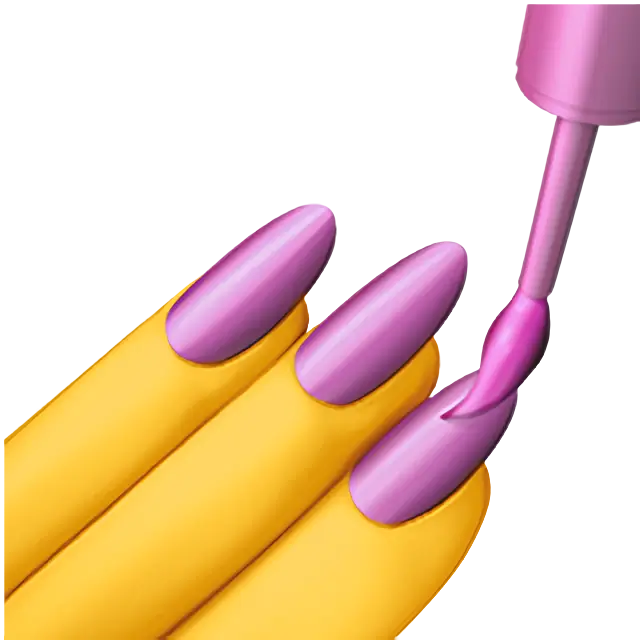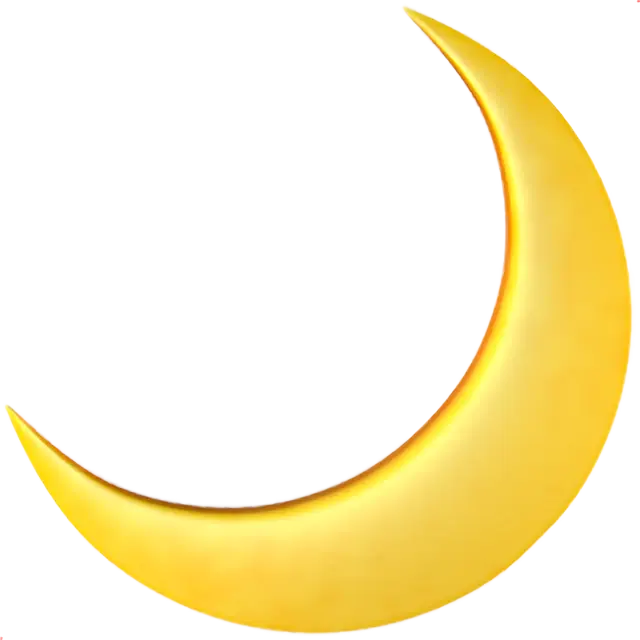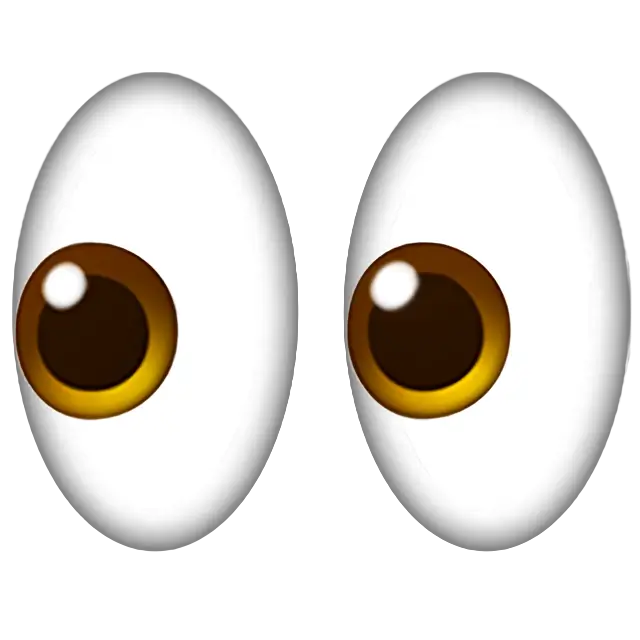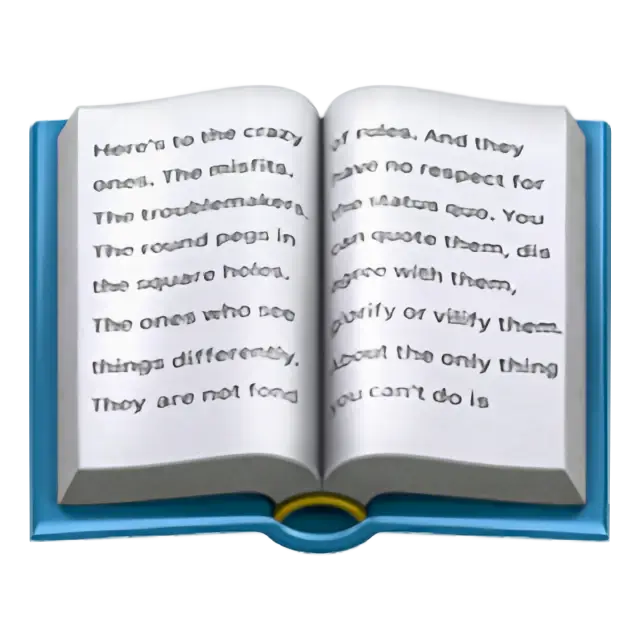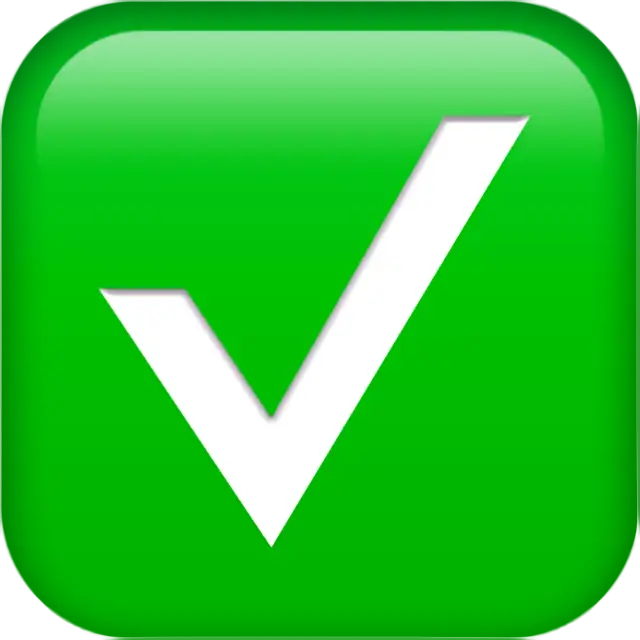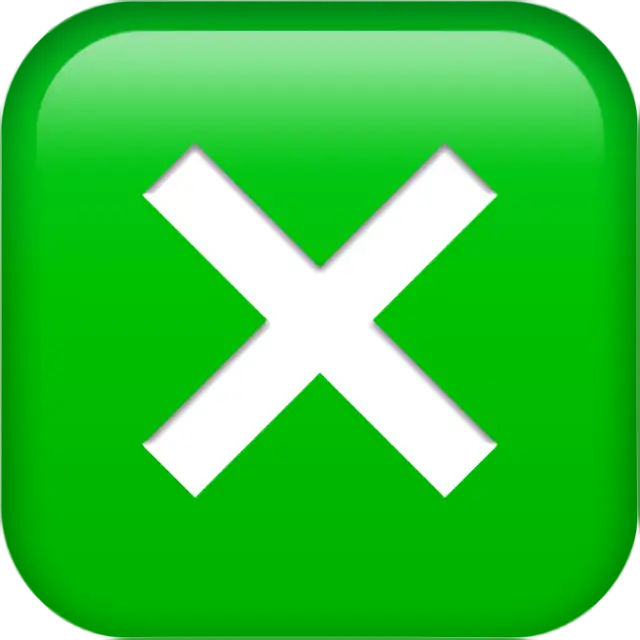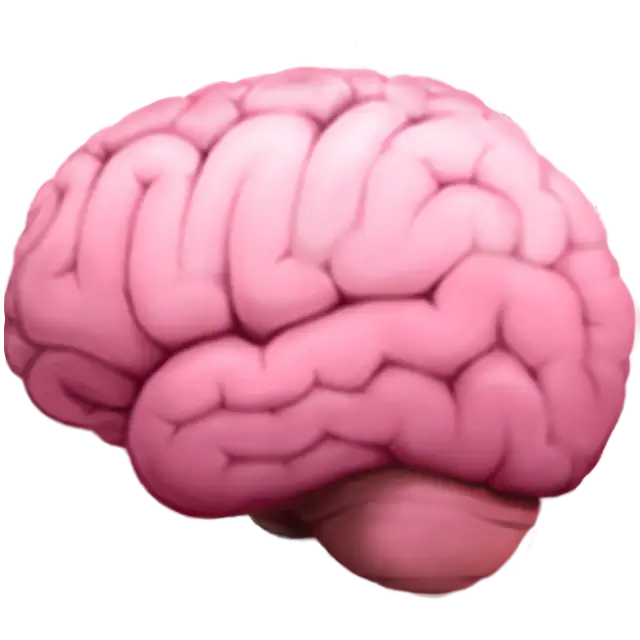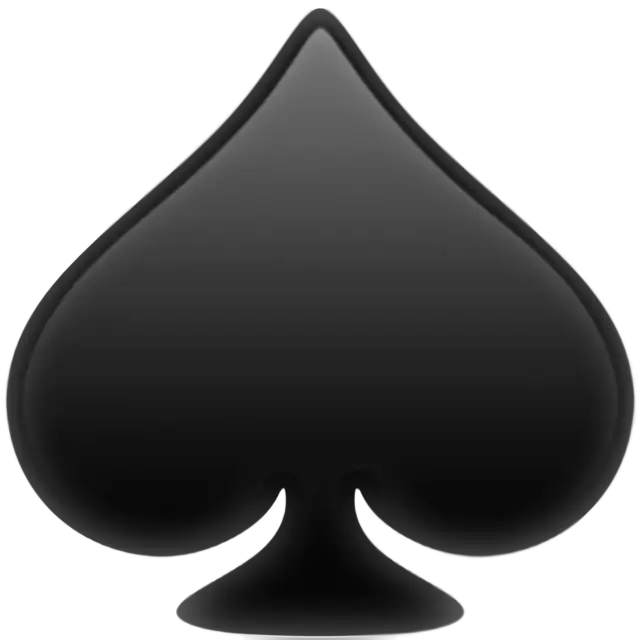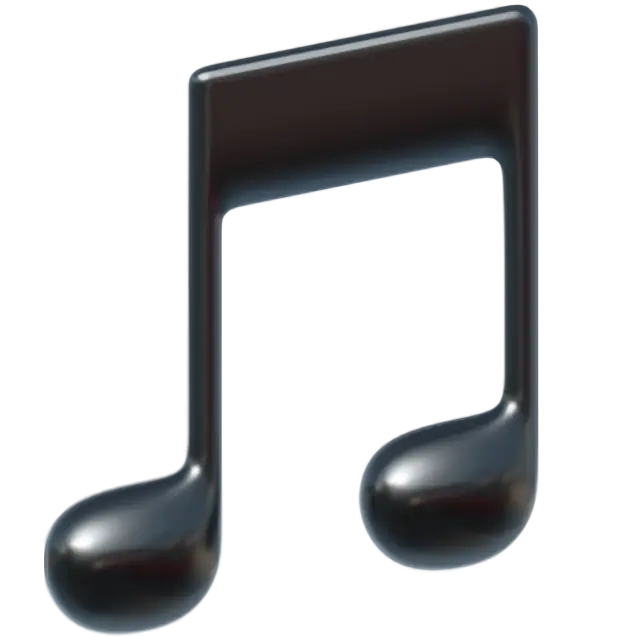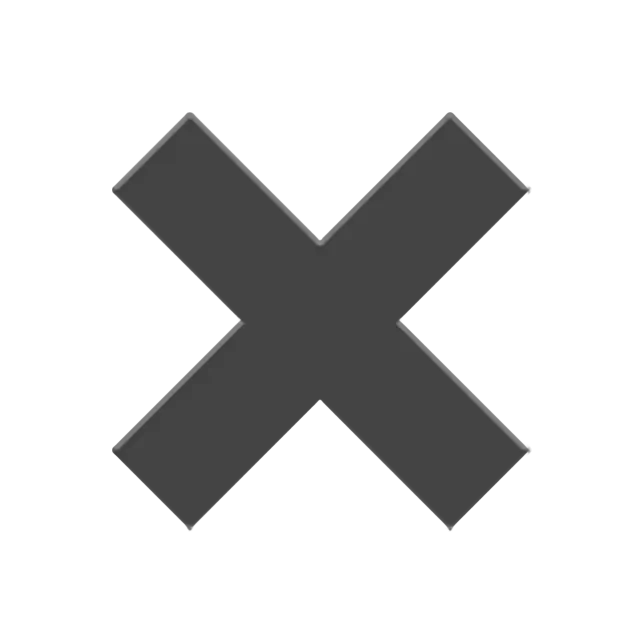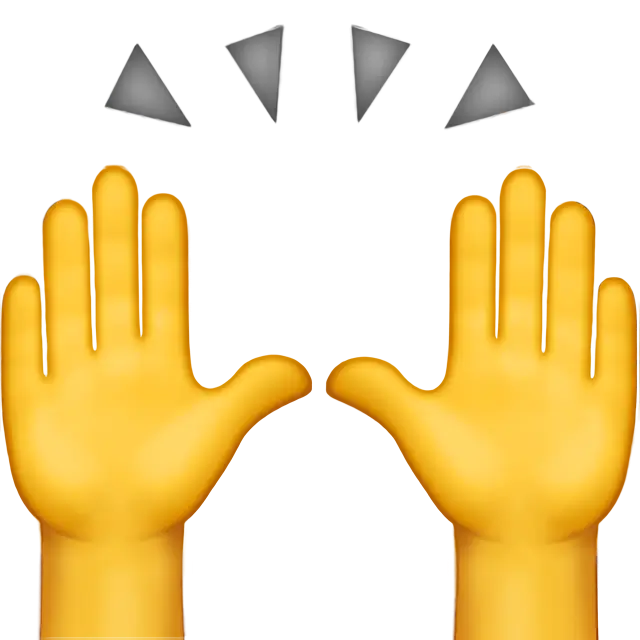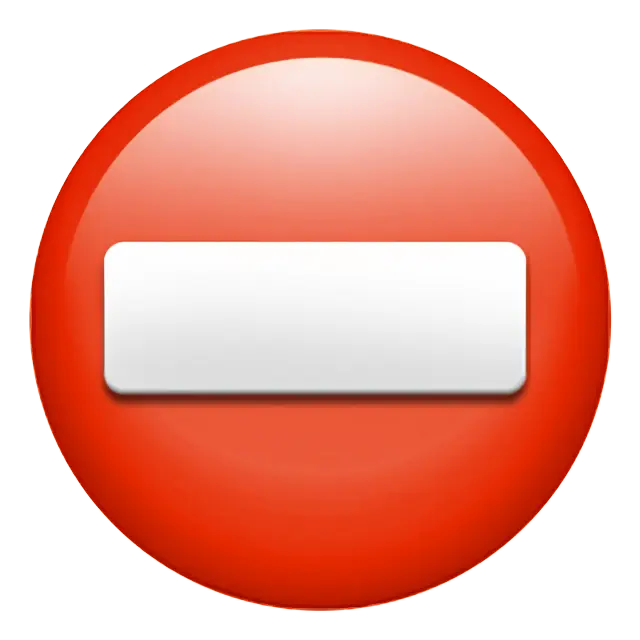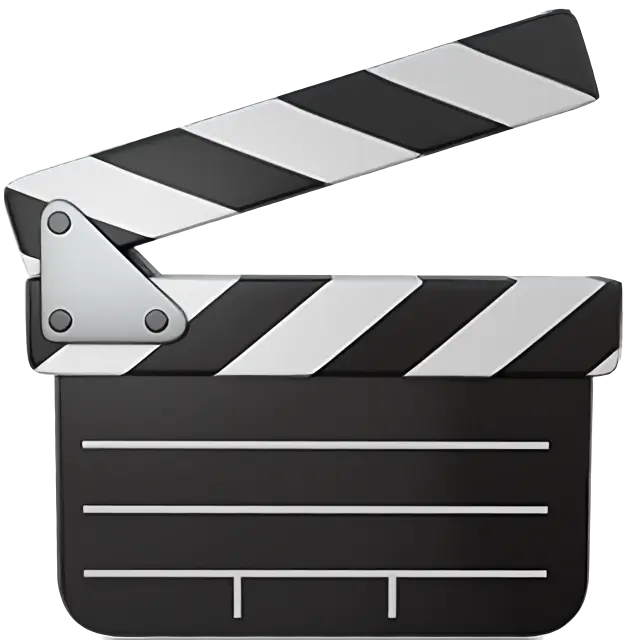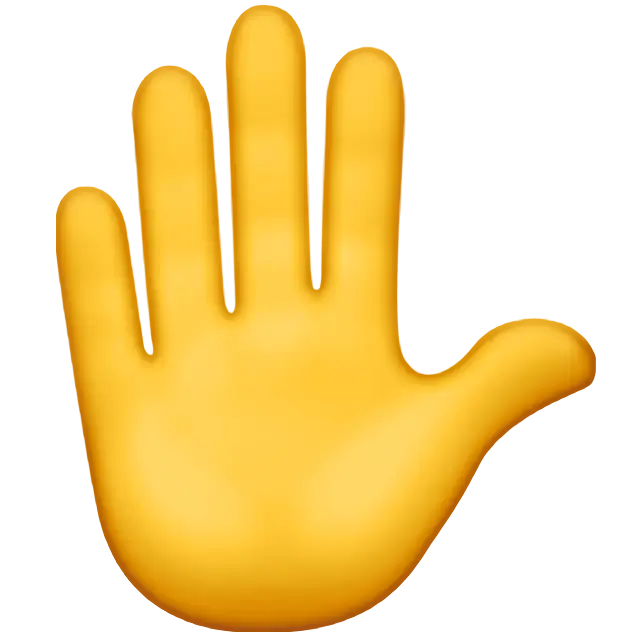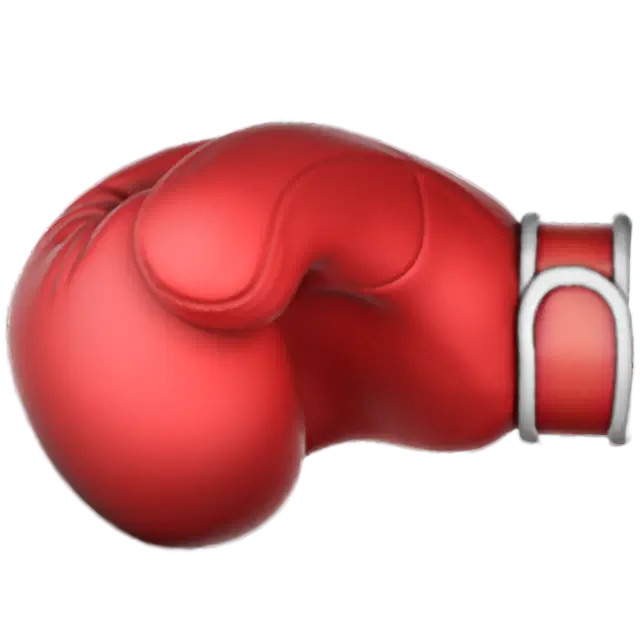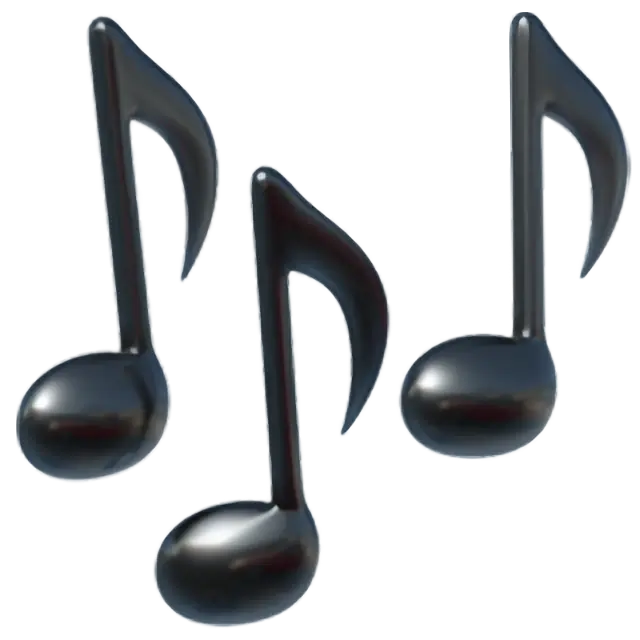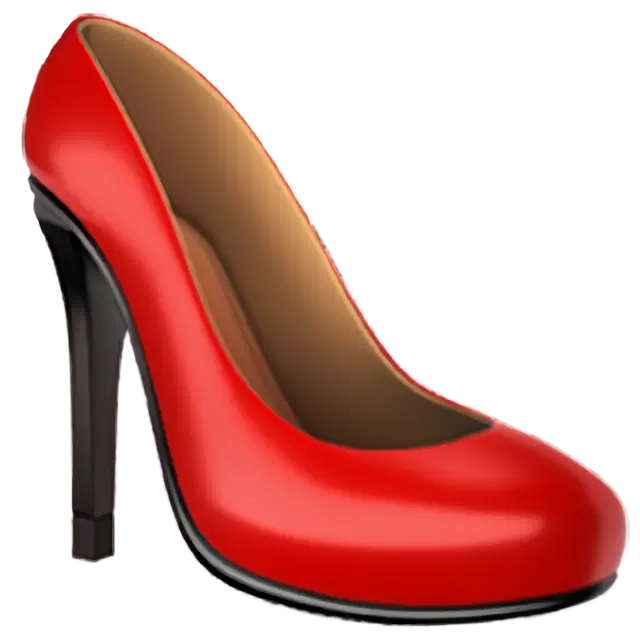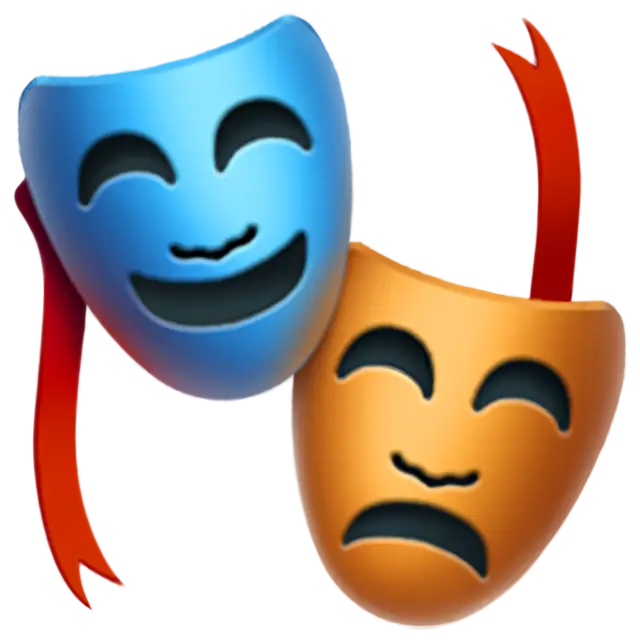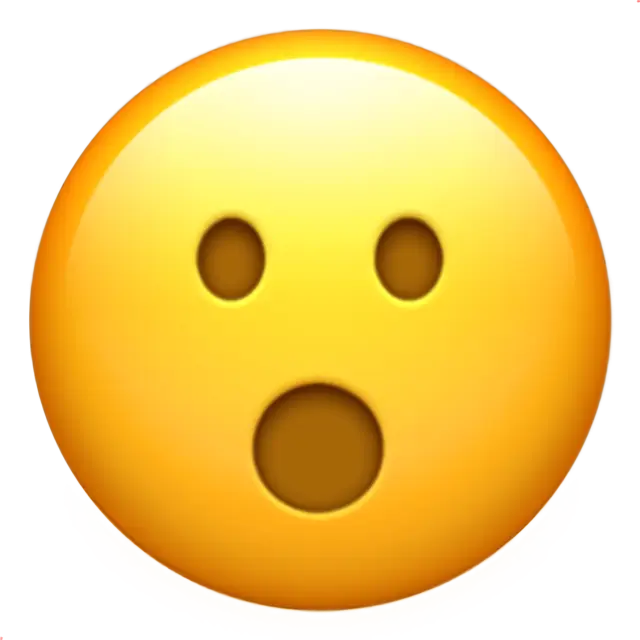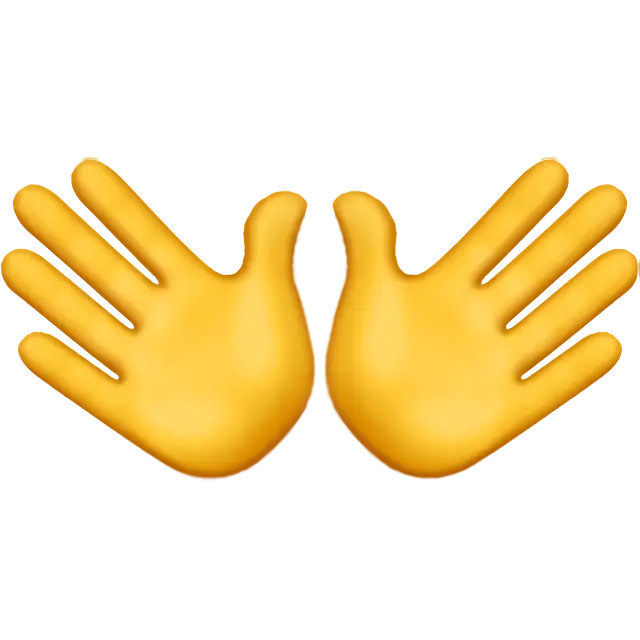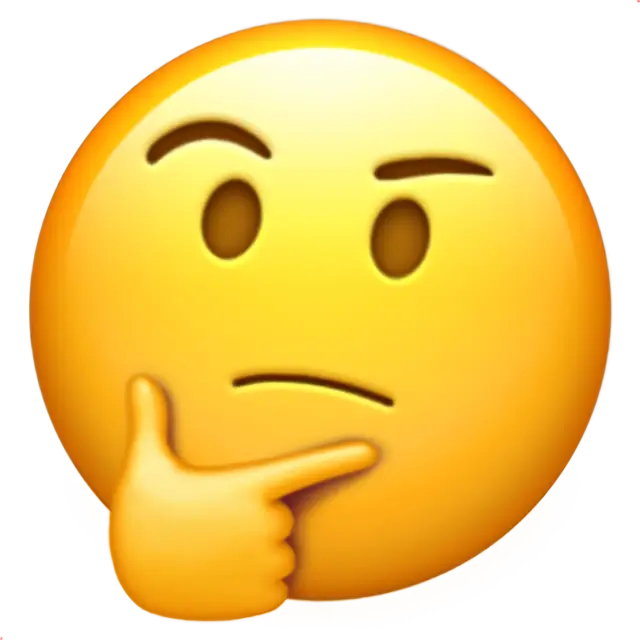Currency Money Symbols and Signs
-
₿Bitcoin Sign
-
₽Ruble Symbol
-
৳Bengali Rupee Sign
-
$Dollar Sign
-
₹Indian Rupee Sign
-
฿Thai Currency Symbol Baht
-
ℳScript Capital M
-
€Euro Sign
-
¤Currency Sign
-
¢Cent Sign
-
ŁLatin Capital Letter L with Stroke
-
¥Yen Sign
-
ƒLatin Small Letter F with Hook
-
₱Peso Sign
-
₳Austral Sign
-
﷼Rial Sign
-
₸Tenge Sign
-
₰German Penny Sign
-
£Pound Sign
-
₤Lira Sign
-
₪New Sheqel Sign
-
₦Naira Sign
-
₡Colon Sign
-
$Fullwidth Dollar Sign
-
₮Tugrik Sign
-
₩Won Sign
-
₣French Franc Sign
-
¥Fullwidth Yen Sign
-
㍐Square Yuan
-
₫Dong Sign
-
-
₨Rupee Sign
-
₯Drachma Sign
-
₵Cedi Sign
-
₥Mill Sign
-
₲Guarani Sign
-
₭Kip Sign
-
₢Cruzeiro Sign
-
₧Peseta Sign
-
₴Hryvnia Sign
-
₠Euro-Currency Sign
-
৲Bengali Rupee Mark
-
៛Khmer Currency Symbol Riel
-
元Ideograph first; dollar; origin; head CJK
-
₩Fullwidth Won Sign
-
원Korean Won
-
¢Fullwidth Cent Sign
-
௹Tamil Rupee Sign
-
₶Livre Tournois Sign
-
圓Ideograph circle; round, circular; complete CJK
-
£Fullwidth Pound Sign
-
円Ideograph yen CJK
Tired of your nickname in games or social media not getting attention? Generate a unique nickname for yourself!
Currency Symbols meanings
This set represents currency symbols of various sections of Unicode. These special sings are used as a shorthand for a currency's name, especially in reference to amounts of money. Any of them can be copied to paste whenever you want it.
For instance, the ruble sign is ₽ . At first it was indicated with abbreviations: “r.” or “rub”. In 2007 a group of Russian design studios proposed to use ₽ , the stroked Cyrillic letter Р (R in the English alphabet), to represent the ruble. Soon after, the move initiators started to use the sign unofficially in new fonts, price labels, advertisements, shop windows and in media. It became very popular and was widely used as a de facto standard. So in several years the Central Bank of Russia finally decided to adopt the national currency sign, and very soon it appeared in Unicode.
The ruble sign is very young, especially if we compare it to others. Many of currency signs were created several centuries ago in consideration of the natural evolution of writhing. For example, the dollar sign or peso sign $ . One of the most popular versions of its origin has it that the sign $ have started off as a monogram of “US” (United States) by putting “U” above “S”.
Some signs were created by responsible authorities. One of those signs is the euro sign — € . The social survey narrowed the original ten proposals down to two, it was up to the Commission to choose the final design.
A great number of the currencies have their signs. Most of them represent a latin letter with one or two strokes. For example, the mongolian tugrik sign ₮ . Some of the currencies signified with their national scripts: ௹ . There are different signs for rupee. Ligatures (a combination of two or more letters into a single symbol) can also be used as a currency sign: ₢ .
Where Currency Icons Come in Handy
From everyday price tags to international finance, currency symbols help us quickly identify and reference monetary values. Some common money and currency signs include:
- Dollar Sign ( $ )
- Euro Sign ( € )
- Pound Sterling ( £ )
- Yen/Yuan Sign ( ¥ )
- Indian Rupee Sign ( ₹ )
- Korean Won Sign ( ₩ )
- Bitcoin Sign ( ₿ )
- Other Currency Symbols ( ₦ , ₪ , ₫ , etc.)
Here are a few ways these symbols are typically used:
-
Price Tags and Receipts
“This item costs $ 15” or “Total: € 29.99.” -
Financial Documents or Spreadsheets
“Annual revenue: £ 2,500,000”
“Budget breakdown in ₹ and $ .” -
Social Media Posts
“Just got a raise of $ 2,000!”
“Best travel deals for under ¥ 50,000.” -
Crypto Transactions
“Invested 0.05 ₿ in Bitcoin.”
“Comparing exchange rates of ETH, BTC, and other coins.”
Pairing Currency Signs with Emojis or Symbols
Combining currency symbols with emojis is a creative way to convey a message about money, deals, or financial success. Here are a few possibilities:
-
Money Bag + Currency Sign (
 $
)
$
)
“Saving up $
for my dream vacation!”
$
for my dream vacation!”
-
Money With Wings + Euro Sign (
 €
)
€
)
“Watching my funds fly away €
#shopping”
€
#shopping”
-
Credit Card + Pound (
 £
)
£
)
“Time to pay off my balance £
#adulting”
£
#adulting”
-
Dollar Sign + Fire (
$
 )
)
“Profits are on fire this quarter $ ”
”
-
Bitcoin + Rocket (
₿
 )
)
“BTC prices are skyrocketing ₿ #crypto”
#crypto”
Experimenting with different emojis (e.g., charts, coins, or wallets) can help you highlight gains, losses, or simply show enthusiasm for your financial goals.
Text-Based Variations: ASCII, Unicode, and More
If you’re on a platform that doesn’t support certain Unicode characters or you need a throwback text style, check out these alternatives:
Basic ASCII or Standard Characters
- Dollar Sign (
$) – widely recognized, even for non-dollar currencies in informal contexts. - Other ASCII Approximations – Sometimes people use
USD,EUR,GBP, etc., if actual symbols are unavailable.
Extended Unicode Symbols
- Canadian Dollar Sign (
CAD$), orC$) - Australian Dollar (
A$) - Various Alternate Forms (some fonts may render
$slightly differently for local usage)
ASCII-Art or Stylized Text for Money Themes
$$$ MONEY $$$
________
| ~~~~ |
| $$! | Bank
|________|
Use ASCII-art or stylized text in forums, chat rooms, or creative projects for a fun, old-school feel.
From basic $ and € to specialty symbols like the Bitcoin sign ( ₿ ) and the Indian Rupee sign ( ₹ ), there’s a wide array of currency icons to fit your financial context. Copy and paste these symbols into messages, spreadsheets, or social media posts to ensure clarity — and maybe even add a touch of fun to your discussions about money!
How to copy & paste Currency Symbols
Hover your mouse cursor over the emoticon or character you like, or tap on it from your phone and press “Copy”.
- This item costs $15 or Total: €29.99
- Annual revenue: £2,500,000
- Best travel deals for under ¥50,000
- Invested 0.05 ₿ in Bitcoin
- Watching my funds fly away 💸€
- Time to pay off my balance 💳£
- BTC prices are skyrocketing ₿🚀

